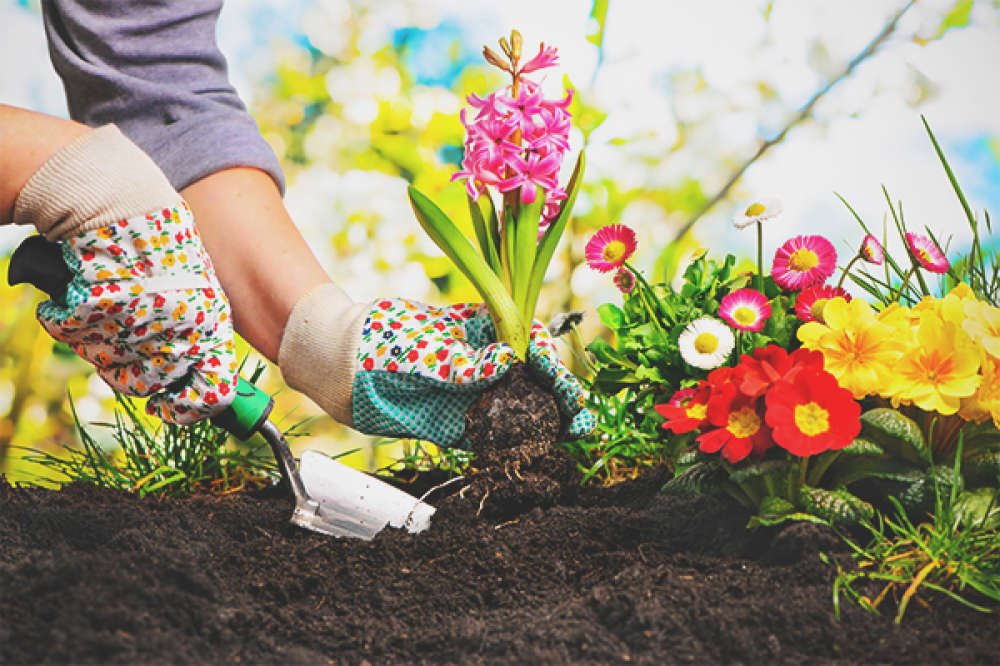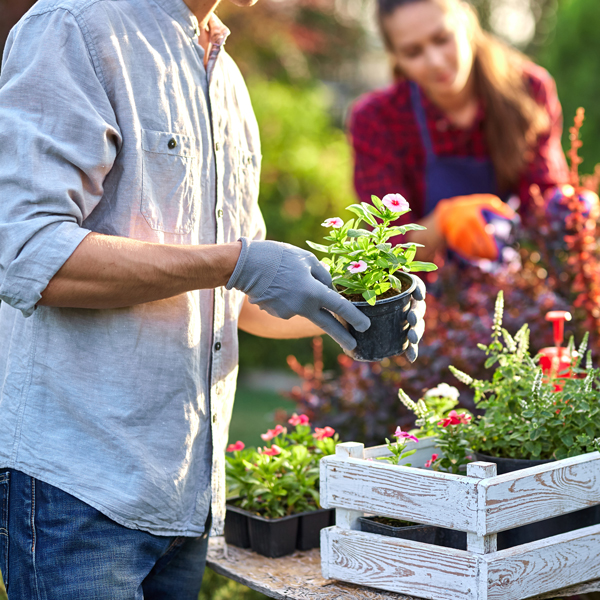From Newbie to Eco-friendly Thumb: A Step-by-Step Trip Through the Art of Gardening

Recognizing Your Gardening Room
To begin your gardening trip, it is vital to recognize the special characteristics and restrictions of your horticulture space. Are there any particular obstacles you may face, such as bad dirt top quality or minimal water availability? Comprehending these variables will assist you make educated choices regarding the kinds of plants that will certainly thrive in your area.
Take into consideration the dimension of your gardening area. You might need to focus on container gardening or upright gardening to maximize your growing location if you have a tiny room. On the other hand, if you have a big room, you have the deluxe of planting a variety of plants and creating different zones within your garden.
Following, assess the amount of sunlight your area gets. This will figure out which plants will certainly prosper and which ones might battle. If your room is shaded, you can choose shade-loving plants like brushes or hostas. If your room obtains complete sun, you can expand a wide variety of plants, consisting of natural herbs, blossoms, and vegetables.
Lastly, think about any kind of constraints or difficulties particular to your space. If your dirt high quality is poor, you might need to amend it with garden compost or select plants that are forgiving of less-than-ideal problems. You can decide for drought-tolerant plants or execute water-saving techniques like mulching. if water is limited.
Selecting the Right Plants for Your Garden
Select plants that are well-suited to your garden's distinct conditions and your personal choices. When choosing plants for your garden, it is essential to take into consideration aspects such as sunlight, soil kind, and climate. Have a look at the amount of sunlight your garden gets throughout the day. Some plants thrive in full sunlight, while others choose partial or perhaps complete shade. Think about the dirt type in your garden. Some plants favor well-drained soil, while others prosper in clay-like or moist soil. In addition, consider the climate in your location. Some plants are much better suited for completely dry and warm climates, while others can stand up to chillier temperatures.
An additional important aspect to think about is your personal preference. Do you favor a yard filled with colorful flowers, or are you much more curious about growing herbs and vegetables? Think of the objective you desire your yard to offer and the visual you wish to attain. It's additionally worth considering the upkeep level of the plants you select. Some plants need even more treatment and attention, while others are more low-maintenance.
Preparing the Soil for Planting
First, evaluate the condition of your soil to figure out if any kind of modifications or renovations are needed. The quality of your dirt is crucial for the success of your garden. Beginning by examining the structure of the soil. Is it sandy, loamy, or clayey? Sandy dirt drains promptly, while clayey dirt additional info keeps water. Loamy dirt is the excellent balance between the 2. Next off, check the pH level of your dirt. A lot of plants like a somewhat acidic to neutral pH, around 6.0 to 7.0. If your soil is too acidic or alkaline, you might need to adjust it making use of dirt modifications such as lime or sulfur. In addition, you must think about the nutrient web content of your soil. If any kind of vital nutrients are lacking, Conduct a soil test to identify. This will assist you make a decision which fertilizers or raw material to add. Lastly, make sure that your dirt is well-draining. Poorly drained dirt can result in water logged origins and various other plant wellness problems. Improve drainage by including organic matter like garden compost or peat moss if needed. By assessing and making necessary amendments to your soil, you can develop an ideal atmosphere for your plants to flourish.
Nurturing and Keeping Your Yard
Once you have actually prepared the soil, it's time to obtain your hands filthy and begin nurturing and keeping your garden. The trick to an effective garden corresponds treatment and attention. Watering is vital, particularly throughout droughts. See to it to water your plants deeply, allowing the water to permeate the soil and reach the roots. Routine weeding is likewise crucial to keep your garden complimentary from unwanted plants that complete for nutrients and area. Draw out any kind of weeds, taking treatment to eliminate their origins to avoid them from returning. Furthermore, it's necessary to provide proper nourishment for your plants. Take into consideration making use of natural fertilizers or garden compost to improve the soil and promote healthy development. Pruning is one more crucial job to maintain your yard looking neat and motivate better air flow and sunshine infiltration. Cut off any dead or damaged branches to keep the general health and wellness of your plants. Be on the hunt for pests and conditions. Consistently examine your plants for any type of indicators of invasion or health problem and take instant action to avoid further damage. By following these nurturing and maintenance techniques, you will certainly make certain a stunning and successful yard.
Troubleshooting Common Horticulture Issues
If you discover chewed fallen leaves or plants that are wilting for no apparent factor, you may have a parasite invasion. If your plants have actually yellow or stained fallen leaves, they may not be obtaining sufficient nutrients. Get rid of impacted plants and deal with the remaining ones with natural fungicides or pesticides.
Final Thought
Congratulations! You have additional hints actually successfully completed the trip from newbie to eco-friendly thumb in the art of gardening. By comprehending your horticulture space, selecting the right plants, preparing the dirt, and nurturing your garden, you have overcome common horticulture concerns like a you could try these out pro. Now, armed with understanding and experience, you prepare to delight in the appeal and wealth of your thriving garden. Maintain up the magnum opus and remain to cultivate your eco-friendly thumb!

When choosing plants for your yard, it is essential to think about factors such as sunshine, soil kind, and climate. Some plants prefer well-drained dirt, while others flourish in wet or clay-like dirt (newbie gardening). By comprehending your gardening area, choosing the right plants, preparing the dirt, and nurturing your yard, you have gotten over usual horticulture concerns like a pro